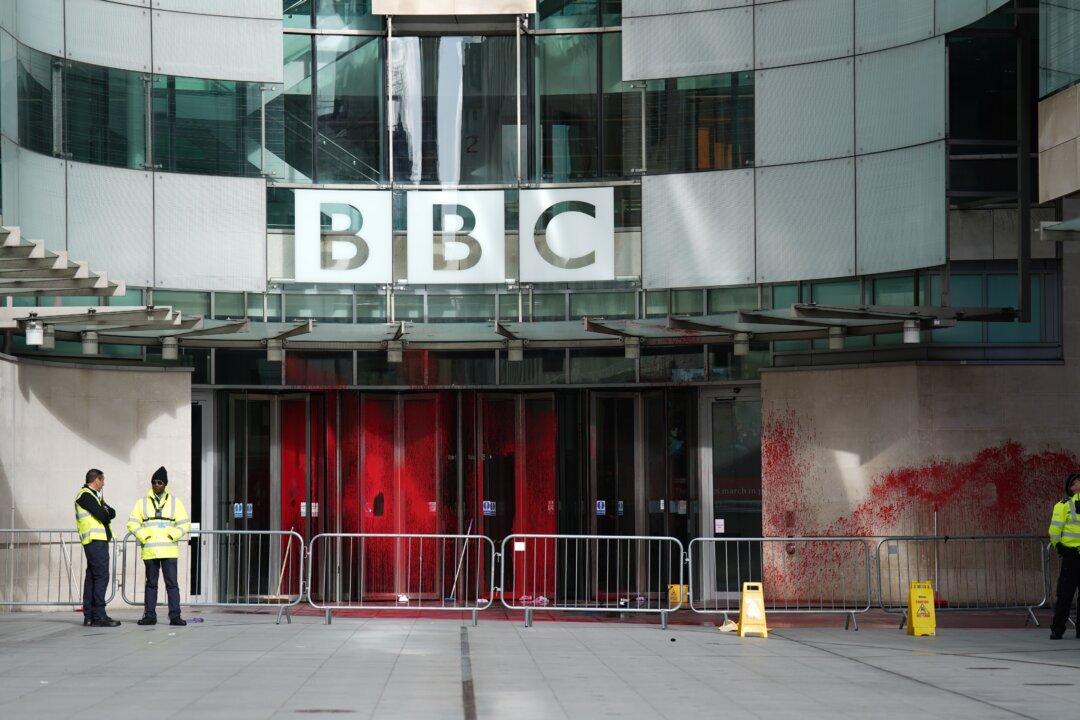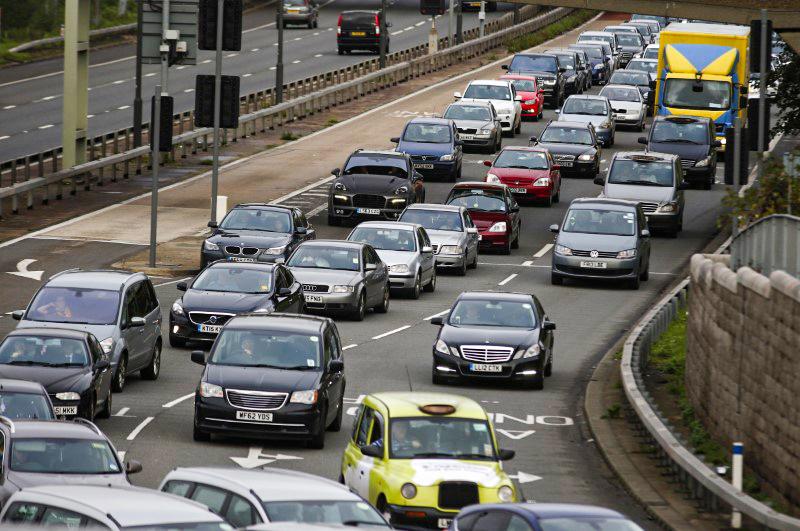Disadvantaged school children in England are falling behind their peers owing to the lingering impact of COVID-19 lockdowns, a new report states.
The National Audit Office (NAO) found loss of learning for children from disadvantaged backgrounds was not only “consistently greater,” but could lead to “increased disadvantage and significant lost earnings,” if not addressed.





